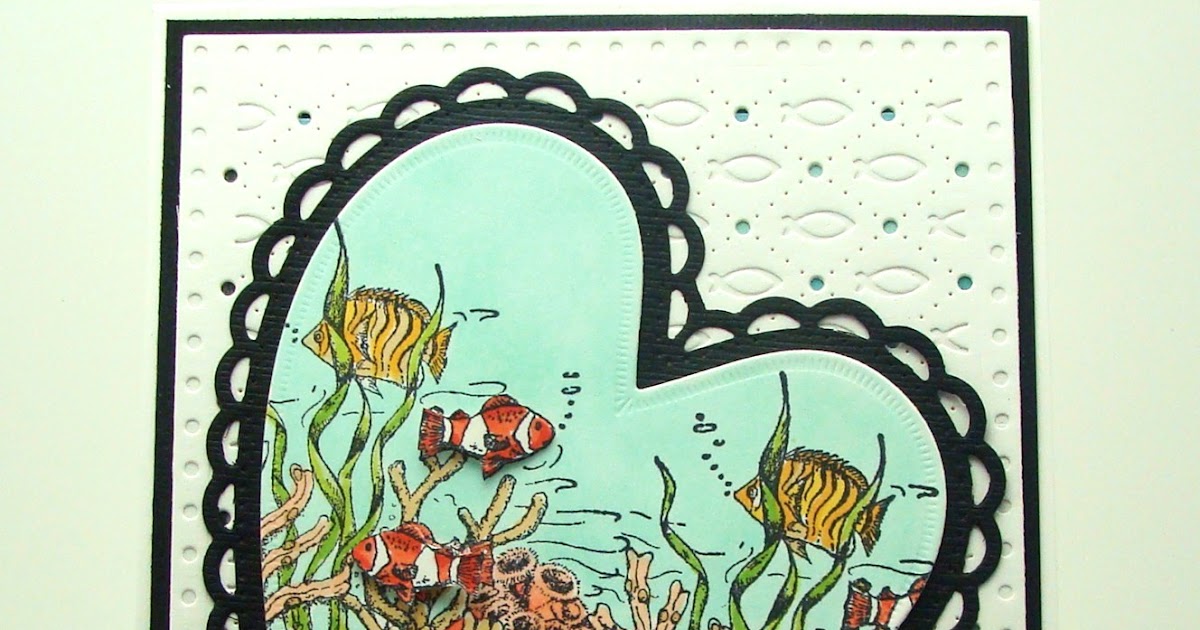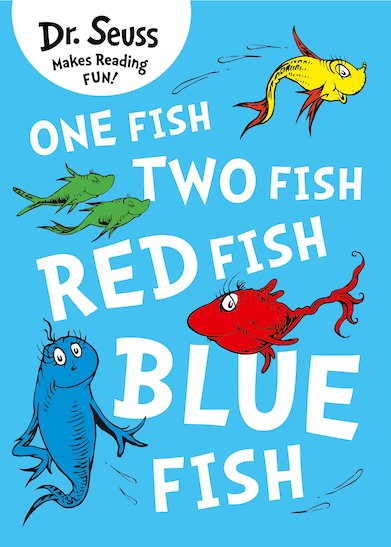

We traced Pinky and Chaos to make giant drawings, played with a shape sorter with Wild One, and played 2 homemade games - a movement game and a good choices game.ĭay 7: We ended the week by reading Green Eggs and Ham. We painted footprint fish, played a shoe game with Wild One, made our own Truffula tree centerpieces and learned about water pollution first hand.ĭay 6: We read The Shape of Me and Other Stuff and Oh, The Places You'll Go. We made up our own tall tales, did Goldfish math at snack time, played with fish felt boards, and played a rhyming matching game.ĭay 5: We read The Lorax and The Foot book. We made our own oobleck, pretended to be sneetches, and played a color/shape sorting game.ĭay 4: We read And to Think That I Saw it on Mulberry Street and One Fish Two Fish Red Fish Blue Fish. We "hatched" some plastic eggs with Wild One.ĭay 3: We read Sneetches and Bartholomew and the Oobleck. We made Thing 1 and Thing 2 pencils, made a watercolor painting of the Cat in the Hat, and played a hat game with Wild One.ĭay 2: We read Horton Hatches the Egg and watched a video of a robin hatching from its egg. The Japanese rice fish (Oryzias Latipes) are one of the most popular pet fish that people have raised in aquariums for a long time.Day 1: We read Did I Ever Tell You How Lucky You Are and The Cat in the Hat Comes Back. They are also known as the Medaka or the Japanese killifish. They come from They are very small in size and are famous for their beautiful colors. They are characterized by their semi-transparent orange or gold color and some of them have blue eyes. The Japanese citizens have been raising them in aquariums since the seventeenth century.Īfter that, they have spread to Korea, Vietnam, India and Pakistan. The Japanese rice fish have an elongated body, and the back has a slight resemblance of an arch.

One of the characteristics that make them very beautiful is that their bodies glow in the dark. The most famous kinds of the Japanese rice fish are the gold and moonlight medaka. The gold medaka existed since ancient times, whereas the moonlight medaka are a new bred color morph. Naturally, the Japanese rice fish live in the rice paddies of Japan. This is the ideal place for fish under the “Oryzias” genus. The main reason is the inexistence of predators. Another reason is that the water temperature is suitable for them. Recently, scientists used these fish in experiments for biological development. Raising and housing these fish is easy, but they require a special environment to live in.Ī group of medaka was sent to outer space, as some scientists believe that they can breed faster and easier there. Here, we will get to know everything about these magnificent creatures.Īlso, we will be discussing all the requirements starting from the aquarium and all the way to the possible diseases. Despite this fact, sometimes they tend to move on their own or in pairs. The Japanese rice paddies are the natural habitat for these fish. So, basically you need to create a replica of this environment. Due to their small size, they don’t really need a large aquarium to live in. The tank size has to be at least ten gallons. In some cases, a larger tank would be a better option. This shall provide a good amount of space for them to move freely. The Japanese rice fish can’t survive in dirty or polluted water. Therefore, you should change the water in the aquarium regularly, as it is much healthier for them. The aquarium needs a firm lid, because these fish have great mobility and can easily jump out of the aquarium.

Surely, you wouldn’t want to have fish jumping out of the tank and roaming on the floor. It would be recommended to have a spongy lid on top of the aquarium to enrich the water with air. Drilling a ¼” tubing or air inlet is a good option if the lid doesn’t provide the needed air support. In addition, a well-lit environment is optimal for them. Since the Japanese rice fish naturally live in rice paddies, where there is shallow water, they receive a considerable amount of sunlight. The substrate of the aquarium can be covered with gravel or sand. Some plants and small driftwood would be nice for them to hide. These accessories would make them feel like they’re living in their natural home.


 0 kommentar(er)
0 kommentar(er)
